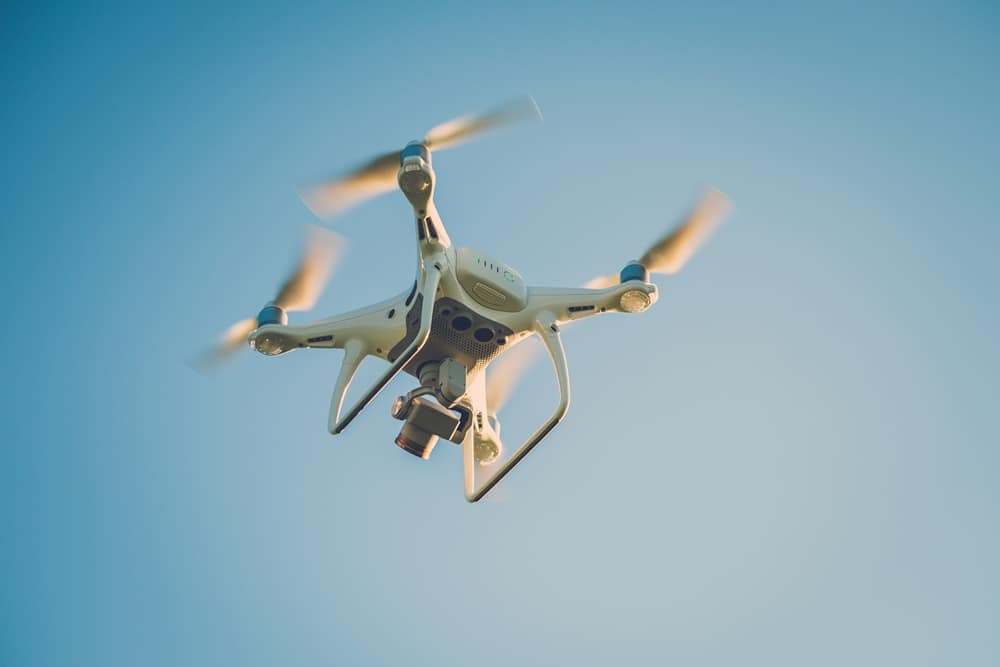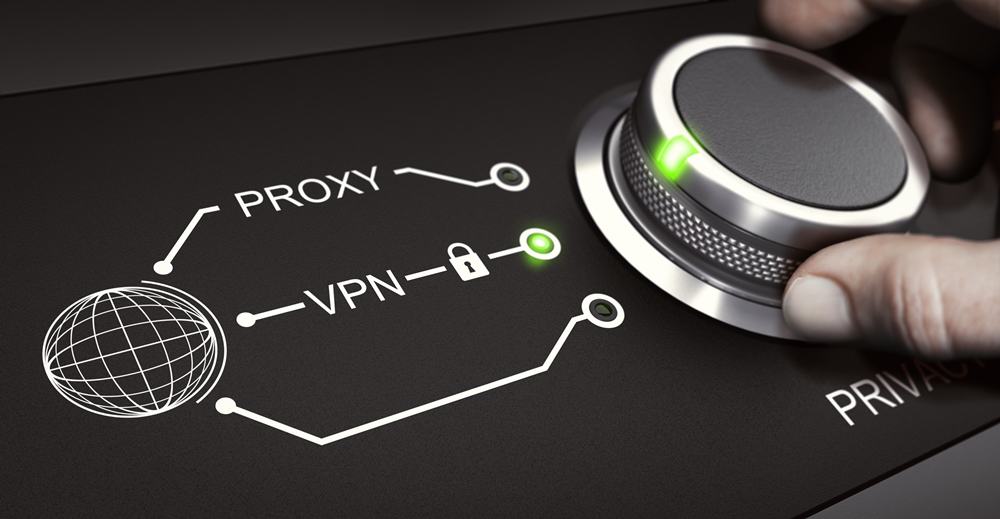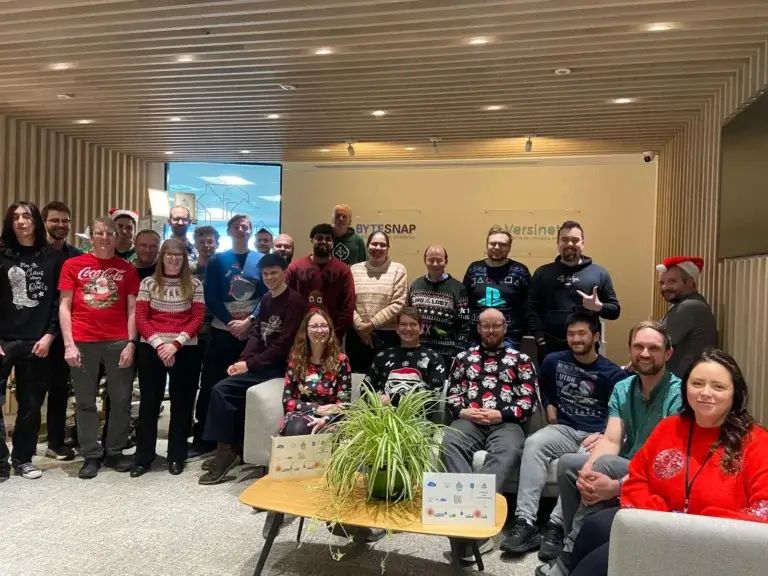10 Dos and Don’ts for a Successful IoT Project
Determining the practicality of a proposed (Internet of Things) IoT project is the first and most important step in IoT product design. If done correctly, this will set up the project for success.
Want to turn a good concept into a brilliant, IoT product? There are a number of do’s and don’ts that can be drawn out of that process – read on for the top ten tips:
1 – Do establish feasibility for all areas of your IoT project
The first question to address here is to define exactly what ‘feasible’ means in this context.
While IoT projects present their own brand of challenges, a feasibility study should broadly consider two areas; whether a project is technically feasible, and then whether that solution is financially feasible. There are potentially huge numbers of variables here, but technical barriers in IoT often group around radio requirements and battery life, which are both perennial areas of difficulty. Meanwhile, financial variables broadly boil down to total cost of project, and total margins on the solution. Conducting a feasibility study should cover both technical and financial areas.
2 – Do confirm what your IoT project requirements and goals are from the start
The first step is to clarify project fundamentals, which can often be on the aspirational side (not a bad thing at this stage). These fundamentals should include technical specifications as well as marketing and financial parameters in order to fully understand the project, competitors, and general environment. These parameters might include core functionality and key selling parameters, competitive product evaluation, market differentiators, and side functionalities which will add value without burdening the system with non-essentials.
3 – Do create a full technical specification
These product fundamentals for your IoT project can then be translated into a technical requirements specification for the design phase. This is a critical step, as it’ll inform every step from this point onwards, for better or for worse. The spec should include:
- Power consumption
- Size & weight
- Mechanical construction
- Environmental tolerance
- Ingress protection
- Accuracy
- Safety, immunity & EMC requirements

4 – Do weigh up the technical options carefully
Especially in a rapidly-moving technology-depended market like IoT, making a clear-eyed assessment of competing technologies and platforms is essential. An IoT project in particular requires detailed comparison of wireless communications and power (usually battery) options, but also potentially licensing terms, safety certifications (e.g. SIL) vendor support, community support, performance track record and availability of associated tools, as appropriate. Market research is very important, along with the assessment of the practicality of technologies.
5 – Do capture and identify risk early for your IoT project
Every new project that pushes the boundaries has some element of risk to it, and in ByteSnap’s experience this can often be identified and then mitigated early on in the development cycle. One recent example involved an IoT device for use in the construction industry, and it was clear from the outset that the question of radio range would be a key risk in performance terms. We quickly created some basic test units and took them to a large construction site to directly compare different radio options. This resulted in a clear ‘winner’, and mitigated the main risk of the project. It’s vital that this process and the risks and solutions unearthed are fully documented, so that they can be incorporated in commercial and timescale plans, as well as reassessed if other parameters change.

6 – Don’t forget the challenge of standards compliance
A key part of feasibility for IoT is to identify which standards are relevant, and this is not always as clear as one might expect. Different international standards can increase costs considerably, so it is worth carrying out careful market research at the outset so that compliance and approvals testing can be calculated before committing to designs or marketing activity. Just one example is Bluetooth for connected devices, which now involves licensing costs of $8,000 as well as Bluetooth SIG membership costs.
7 – Don’t assume off the shelf hardware translates into production
An unfortunately common misconception is that once an IoT project has been roughed out on a breadboard with an Arduino or two and ‘works’, this is pretty much job done, and production can roll straight away. Part of this is due to the excellent tools and devices now available, but the fact is that the project that is at this stage hasn’t really begun yet, and the bulk of the costs and development challenges lie ahead.
8 – Don’t forget security for your IoT project
Digital security is of increasing importance in every avenue of business, but IoT security is particularly vulnerable due to the highly connected nature of IoT networks, and their deployment in private environments (homes) and also potentially valuable industrial and enterprise settings. While not every device or IoT application will need to be endlessly hardened and super-secure, it is important to assess security risks at an early stage and determine a sensible security level for the project. This might simply take the form of using tried-and-tested techniques – like encrypting all communications and collected data using SSL for example – but ensuring that it is implemented securely and using best practice.

9 – Don’t fail to protect IP
Even at a very early stage, it is crucial that your IP be safeguarded against future risks, it’s well worth employing a patent lawyer to research the details in the key target markets, as well as their peers. Patent law varies widely by jurisdiction, so this can be unexpectedly complex. Needless to say, but if a core element of your project is already patented in a vital target market of billions of devices, then this will impact the feasibility of the IoT project too.
Separately, it’s also key to keep an eye on the licensing of platforms and (most commonly) software used in prototyping. Open source licenses sometimes exclude commercial use without prior agreement, a cost that needs to be assessed early on.
10 – Don’t leave out support requirements
When determining IoT project feasibility it is easy to forget the long tail resource requirements of product support, which might vary considerably between projects, but will have an impact at some level. Indeed, not including an Over-the-Air software update method is a big mistake, and not something to be treated lightly.
Ensuring that this mechanism is bulletproof from the outset will pay huge dividends once the devices have shipped, whether to issue unexpected security patches, or other fixes.
While OTA isn’t always possible, lacking this mechanism can generate significant costs. One example we saw was a water meter with a 10-year battery on a LoRa network, which needed a software update once deployed. The costs of sending engineers to each location was considerable…
There is a formal process for establishing the feasibility of an IoT project – a full set of pre-design activities can be seen on ByteSnap’s feasibility study service page. We can help you identify how to incorporate IoT into your design to optimise it for commercial success within industry 4.0.
How can ByteSnap help you today?
From start-ups to blue chips, ByteSnap’s embedded systems software developers & electronic design engineers are enabling IoT project companies to stay a step ahead by providing them with bespoke solutions. Maintain your competitive edge – contact us today and let your business be among them!




